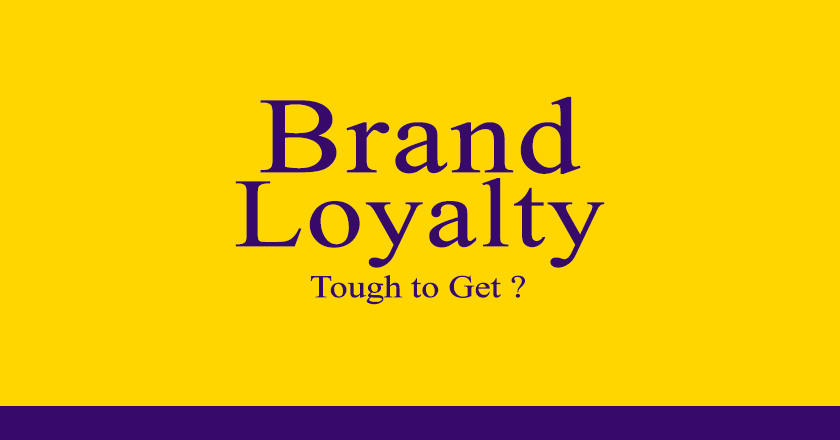By Asad Kaleem
Cultivating brand loyalty among consumers is the most challenging task. When a consumer starts using the brand, usually he/she is not loyal towards it and there is barely any sentimental values attached.
Through constant reinforcement (advertisement & good product experience), consumer not only repurchases the brand but also starts believing in the story that is being told by the brand; hence eventually become a loyal consumer.
These loyal consumers, not only purchase brand in heavy volumes but also advocate others to use it.Brand advocacy is another important concept all managers must pay attention to, it is a state when consumers publically endorse a brand through content sharing, referrals or just mentioning the brand to a social circle.
The emergence of social media has offered an even bigger platform to the consumers to advocate their most favorite brands.
According to an article published on Pakistan Advertisers’ Society (PAS), ‘Share a Coke’ campaign resulted in an increase of 870% to Facebook traffic and over 75,000 virtual cans were shared online. 
In marketing research, measuring customer loyalty isn’t an easy task. And there is no single way of measuring loyalty – in fact; it’s one that fits the bill.
Different marketing gurus support different tools for measuring brand loyalty. For consumer panels, the most practical metric to measure loyalty is the share of requirement; this method takes repeat purchase as a measure of brand loyalty to the next level.
That is, unlike repeat purchase it does not ignore weight of purchase; while repurchase is an important characteristic of brand loyalty, it often falls short of fully capturing all of its dimensions. In fact, it may be possible that a consumer is a repeat purchaser of brand but his loyalty is inclined towards another brand of the same category.
For example, a consumer could be buying a sachet of Ariel every month to wash her expensive clothes but she also uses Bonus 1kg pack for the remaining clothes on regular basis. Her monthly budget allocates PKR 20 for Ariel but PKR 95 for Bonus; hence she is more loyal towards Bonus than Ariel.
Further, repeat purchases are not relative and fail to measure the degree of loyalty.
Share of requirement (or loyalty) is the brand’s market share among the users of the brand and is measured by dividing the total brand purchases by their total category purchases. The period measured is typically a quarter year, however, this may vary depending upon the characteristics of the industry.
Share of Requirement (SOR) looks into the household purchase pattern to analyze if the household is using a single brand or multiple brands at a time. For example, if a household bought fifteen bars of skin cleansing soaps during the course of last three months, and ten of them were Lux then the SOR for Lux would be 67%. Also, this would indicate that the household’s allocation to competition brand in personal wash category is 33%.
 Few consumers use a single brand – even loyal consumers flirt with other brands occasionally and in some cases a brand’s best consumers may buy more from the competition than they do from the brand. To monitor what competing brands fill the consumer’s shopping basket, marketers use a different metric which is an extended version of SOR, called ‘SOR Matrix’.
Few consumers use a single brand – even loyal consumers flirt with other brands occasionally and in some cases a brand’s best consumers may buy more from the competition than they do from the brand. To monitor what competing brands fill the consumer’s shopping basket, marketers use a different metric which is an extended version of SOR, called ‘SOR Matrix’.
While brand loyalty may not always exist, every single brand will have a set of heavy, medium and light users. The heavy users generally have a higher SOR compared to medium and light users whereas light users are usually more inclined towards competition brands.
Consumers with lower share of requirements provide an exciting opportunity to the brand managers as they are already consuming the brand and cost of acquiring consumer is not required. Also, converting light users into medium users has often proved far more lucrative than converting medium into heavy users.
Many a time, brand loses upon great opportunities by not being critical about brand loyalty. The holy month of Ramzan has an increased demand for red syrups; however, there is very little for households to distinguish between brands as all red syrup brands have similar offerings including Jaam-e-Shireen and Rooh Afza. Hence, brands failed to gain competitive advantage through brand loyalty.
By focusing on loyalty and increasing share of requirement, a brand may achieve volume gains without increasing consumers and with minimal investment.









































